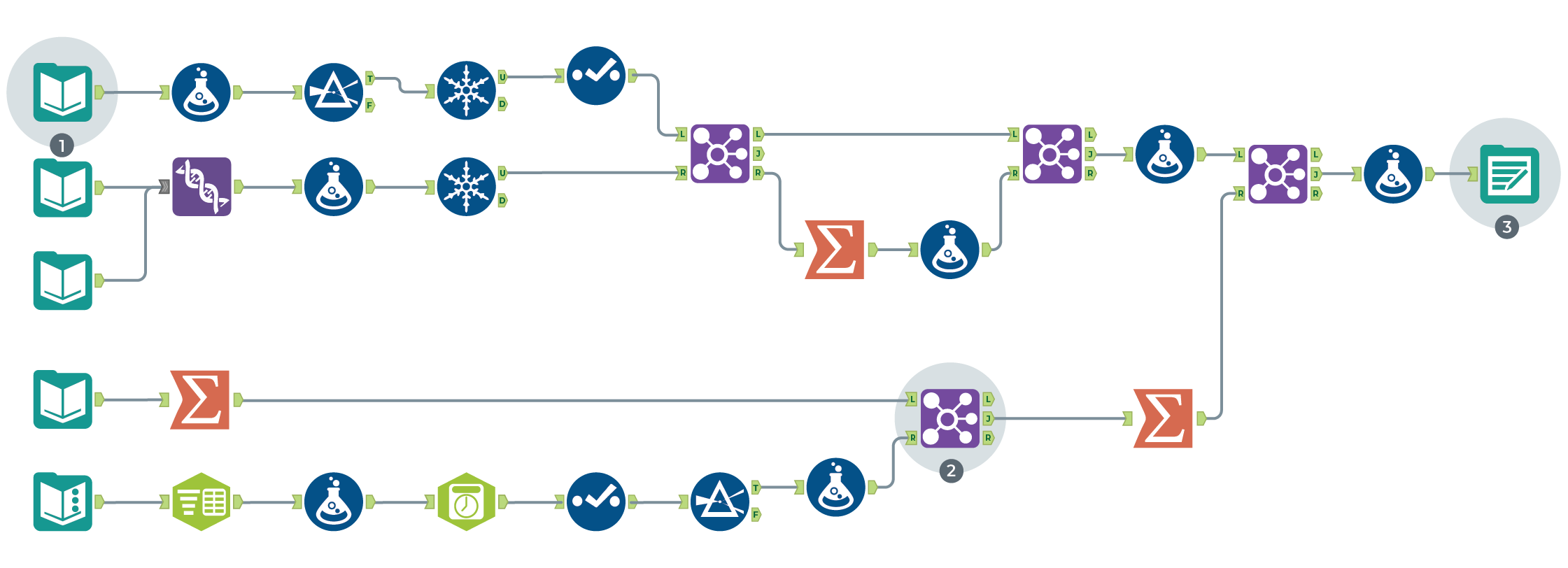


Reduce overstocking risk, wasted inventory and lost customer goodwill/sales
Create flexible supply chains that can match demand in real time
Maximize supply for high-demand products while they’re at demand peak
When shopping trends change rapidly, you can lose sales to competitors if your assortment suddenly falls out of favor with customers. Planning your assortment manually isn’t an option for large retailers. No matter how fast you conduct inventory, customer preferences move faster. At the very least, you have to stay in step with every buying season, decide which SKUs are most and least important, monitor what’s moving and what isn’t, order without duplicating, and drop poor-performing SKUs. Trying to do all that while keeping an eye out as trends come and go is too much to accomplish manually.
By automating assortment planning, you can shorten your inventory monitoring cycle from days to minutes. You’ll also be able to account for all SKUs instead of just the small percentage you can analyze manually.
When you blend external signals with your own internal data, you can broaden your analysis from a local focus to a wider geographic perspective across regions. Knowing what customers are putting in their carts, you can reduce out-of-stocks, minimize overbuying, and sell more units of higher-margin products. Use data on assortment to drive inventory decisions and guide your suppliers instead of taking cues from them.
The Alteryx End-to-End Platform enables retailers to import internal historical sales and inventory data, and blend that with external signals. In the same workflow, this can drive stock availability calculations that power Tableau dashboards, giving all stakeholders self-service access to results.

1 – Data Connection
Import sales and inventory data
2 – Prep and Blend
Combine data to get full picture of inventory timelines
3 – Democratize Analytics
Enable all users to analyze results through business intelligence tools